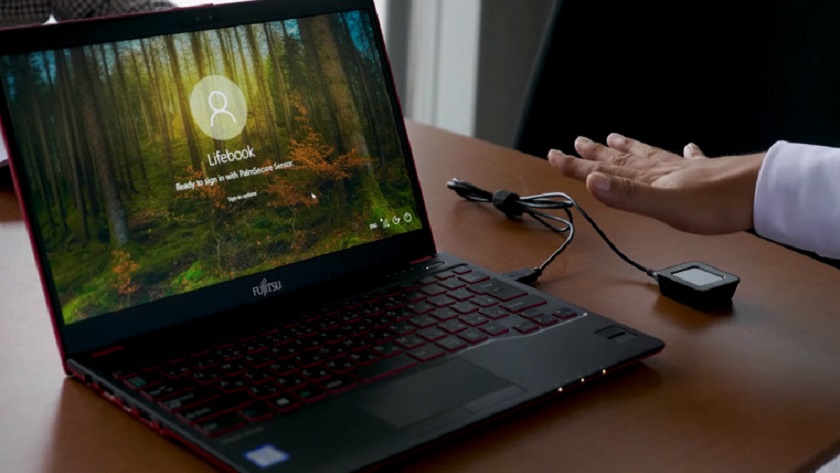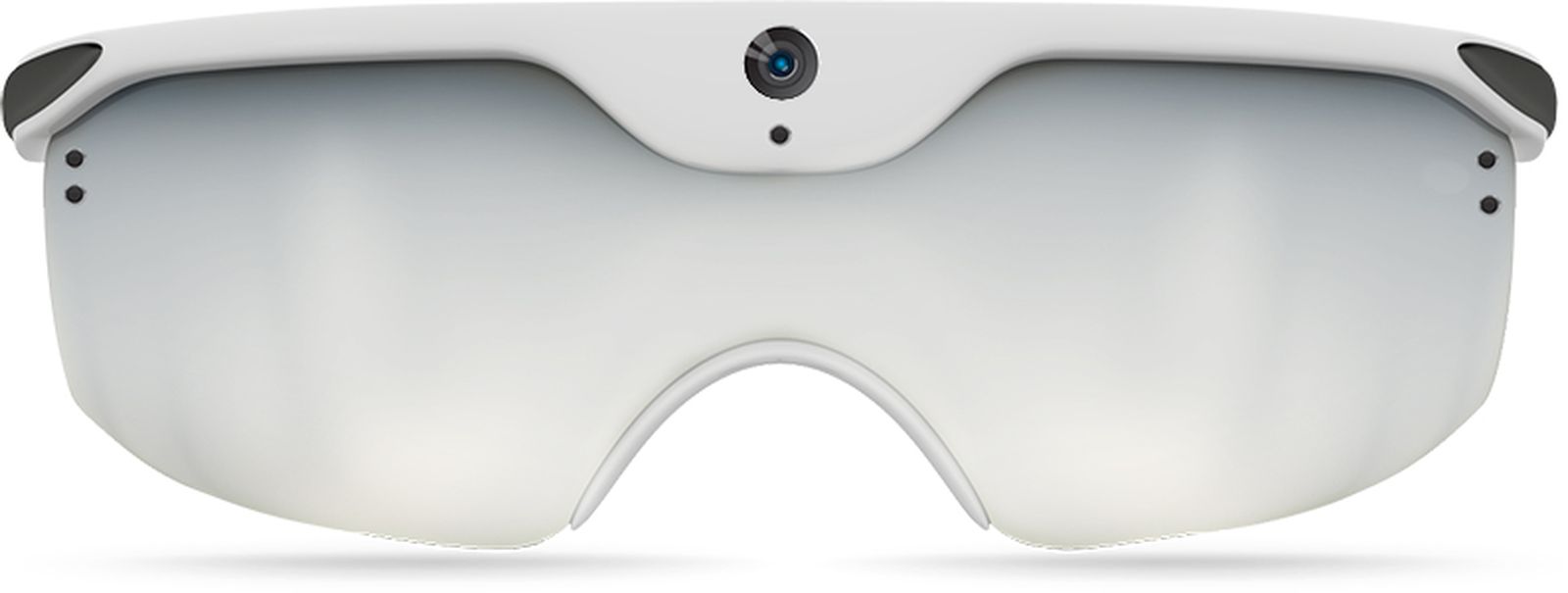ROSのバージョン 対応するOSのバージョン; ROS2 Cristal: Ubuntu 18.04 LTS、Ubuntu 16.04 LTS、MacOS-X、Windows: ROS Melodic: Ubuntu 18.04 LTS. CIS Benchmarks help you safeguard systems, software, and networks against today's evolving cyber threats. Documentation, API, white papers, examples and more - all you need to start working with your depth camera from Intel RealSense. ROS is used by students of all ages, from kids interacting with robots in museum exhibits to graduate students learning about the latest solutions to common robotics problems. Because it supports such a wide variety of robots, including low-cost platforms like the TurtleBot and LEGO Mindstorms, ROS is especially well-suited to classroom use. Windows10+Ubuntu 18.04.2+ROS 安装笔记(SSD单硬盘)下@TOC(Windows10+Ubuntu 18.04.2+ROS 安装笔记(SSD单硬盘)下)一、前言二、化繁为简代码片 一、前言 最近需要学习ROS和python,于是便需要装Linux系统,于是选则了主流的 Ubuntu 18.04系统,同时与ROS 也是兼容性最好的系统.
Welcome to the CARLA documentation.
This home page contains an index with a brief description of the different sections in the documentation. Feel free to read in whatever order preferred. In any case, here are a few suggestions for newcomers.
- Install CARLA. Either follow the Quick start installation to get a CARLA release or make the build for a desired platform.
- Start using CARLA. The section titled First steps is an introduction to the most important concepts.
- Check the API. there is a handy Python API reference to look up the classes and methods available.
The CARLA forum is available to post any doubts or suggestions that may arise during the reading.

Warning
Change the docs version to fit the CARLA version you are using. Use the panel in the bottom-right side of this window to change to previous versions. The Latest version points to documentation in the dev branch which may refer to features currently in development and not available in any packaged version of CARLA, as well general documentation improvements.
Getting started
Introduction — What to expect from CARLA.
Quick start — Get the CARLA releases.
Building CARLA
Linux build — Make the build on Linux.
Windows build — Make the build on Windows.
Update CARLA — Get up to date with the latest content.
Build system — Learn about the build and how it is made.
Running in a Docker — Run CARLA using a container solution.
F.A.Q. — Some of the most frequent installation issues.
First steps
Core concepts — Overview of the basic concepts in CARLA.
1st. World and client — Manage and access the simulation.
2nd. Actors and blueprints — Learn about actors and how to handle them.
3rd. Maps and navigation — Discover the different maps and how do vehicles move around.
4th. Sensors and data — Retrieve simulation data using sensors.
Advanced steps
OpenDRIVE standalone mode — Use any OpenDRIVE file as a CARLA map.
PTV-Vissim co-simulation — Run a synchronous simulation between CARLA and PTV-Vissim.
Recorder — Register the events in a simulation and play it again.
Rendering options — From quality settings to no-render or off-screen modes.
RSS — An implementation of RSS in the CARLA client library.
SUMO co-simulation — Run a synchronous simulation between CARLA and SUMO.
Synchrony and time-step — Client-server communication and simulation time.
Traffic Manager — Simulate urban traffic by setting vehicles to autopilot mode.
References
Python API reference — Classes and methods in the Python API.
Blueprint library — Blueprints provided to spawn actors.
C++ reference — Classes and methods in CARLA C++.
Recorder binary file format — Detailed explanation of the recorder file format.
Sensors reference — Everything about sensors and the data they retrieve.
Plugins
carlaviz — web visualizer — Plugin that listens the simulation and shows the scene and some simulation data in a web browser.
ROS bridge
ROS bridge installation — The different ways to install the ROS bridge.
CARLA messages reference — Contains explanations and fields for every type of CARLA message available in ROS.
Launchfiles reference — Lists the launchfiles and nodes provided, and the topics being consumed and published.
Tutorials — General
Add friction triggers — Define dynamic box triggers for wheels.
Control vehicle physics — Set runtime changes on a vehicle physics.
Control walker skeletons — Animate walkers using skeletons.
Retrieve simulation data — A step by step guide to properly gather data using the recorder.
Tutorials — Assets
Add a new map — Create and ingest a new map.
Add a new vehicle — Prepare a vehicle to be used in CARLA.
Add new props — Import additional props into CARLA.
Create standalone packages — Generate and handle standalone packages for assets.
Map customization — Edit an existing map.
Material customization — Edit vehicle and building materials.
Vehicle modelling — Create a new vehicle for CARLA.
Tutorials — Developers
Contribute with new assets — Add new content to CARLA.
Create a sensor — Develop a new sensor to be used in CARLA.
Customize vehicle suspension — Modify the suspension system of a vehicle.
Make a release — For developers who want to publish a release.
Generate detailed colliders — Create detailed colliders for vehicles.
Generate pedestrian navigation — Obtain the information needed for walkers to move around.

Contributing
Contribution guidelines — The different ways to contribute to CARLA.
Code of conduct — Standard rights and duties for contributors.
Coding standard — Guidelines to write proper code.
Documentation standard — Guidelines to write proper documentation.
The tutorials are a collection of step-by-step instructions meant to steadily build skills in ROS 2.
The best way to approach the tutorials is to walk through them for the first time in order, as they build off of each other and are not meant to be comprehensive documentation.
For quick solutions to more specific questions, see the Guides.
Beginner¶
Beginner: CLI Tools¶
Beginner: Client Libraries¶
Intermediate¶
Advanced¶
Miscellaneous¶
Demos¶

Use quality-of-service settings to handle lossy networks.
Management of nodes with managed lifecycles.
Efficient intra-process communication.
Bridge communication between ROS 1 and ROS 2.
Recording and playback of topic data with rosbag using the ROS 1 bridge.
Turtlebot 2 demo using ROS 2.
TurtleBot 3 demo using ROS 2. [community-contributed]
Simulate the TurtleBot 3 on ROS [community-contributed].
Navigate TurtleBot 3 in simulation. [community-contributed]
SLAM with TurtleBot3 in simulation. [community-contributed]
MoveIt 2 arm motion planning demo.
Using tf2 with ROS 2.
Using URDF with robot_state_publisher.
Write real-time safe code that uses the ROS 2 APIs.
Use the robot state publisher to publish joint states and TF.
Use DDS-Security.
Logging and logger configuration.
Examples¶
Ros Macos Download
Python and C++ minimal examples.
